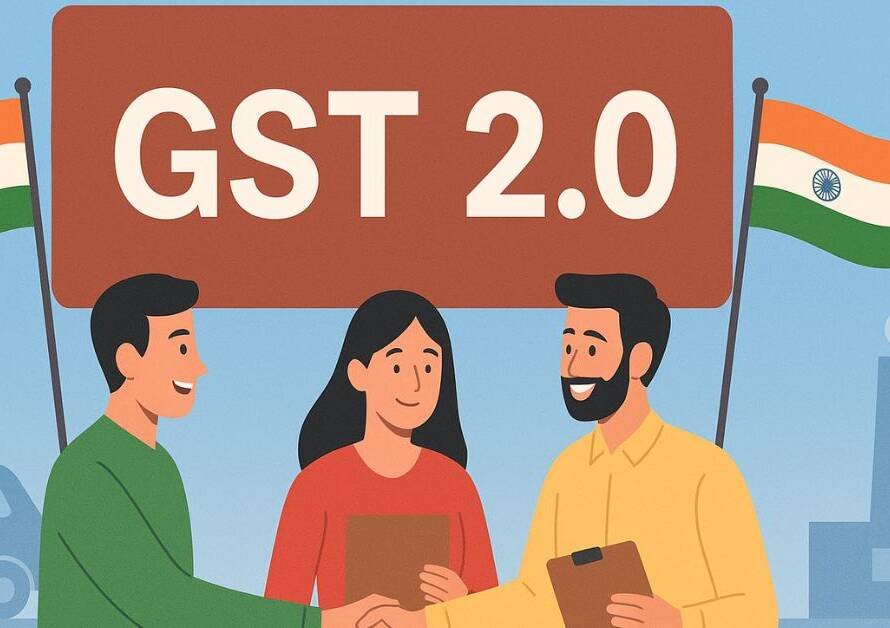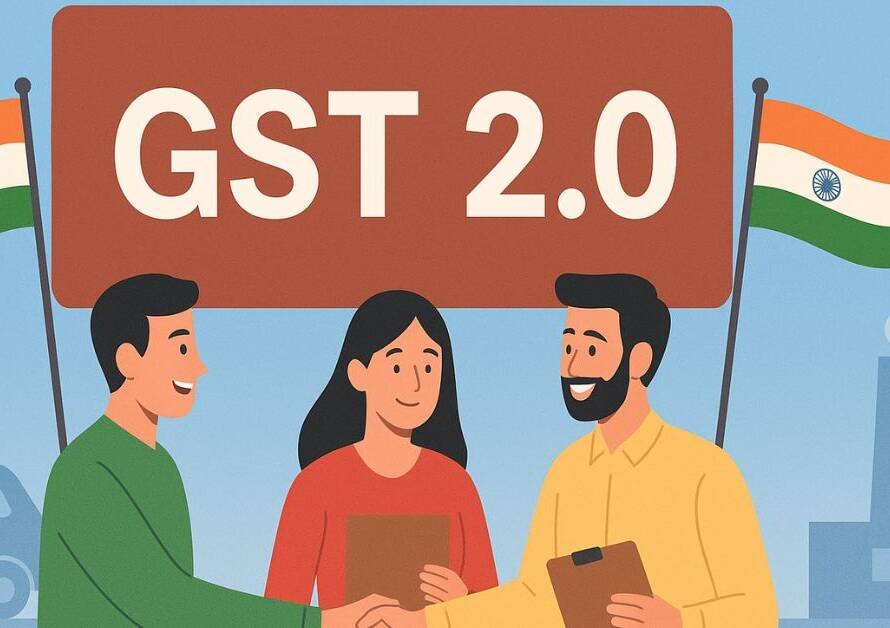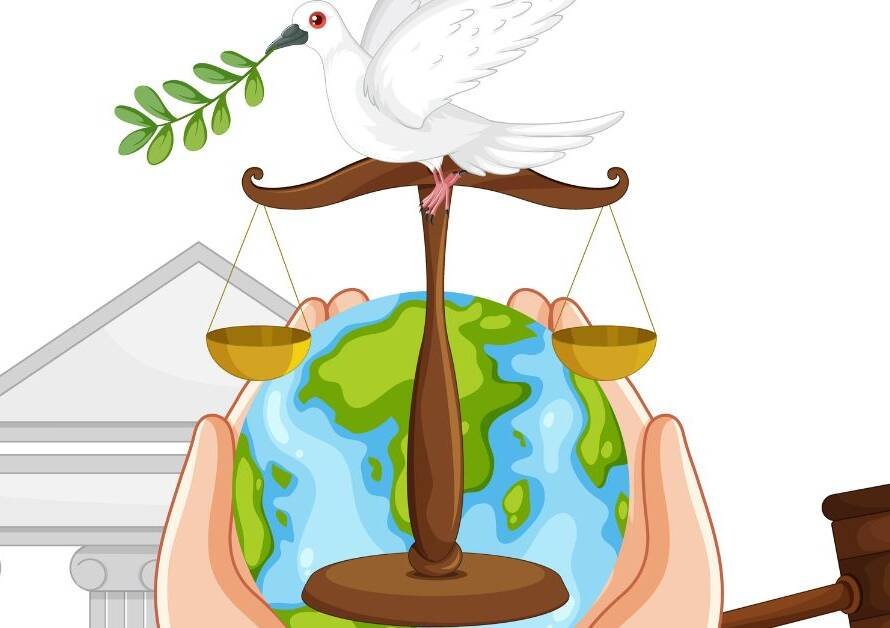Relief for the Public and Industries under GST 2.0
1. From Bankruptcy to Stability
In 2014, when the Modi government came to power, India’s economy was nearly bankrupt.
- Congress governments had looted the country through endless scams and corruption.
- The treasury was empty, financial discipline broken.
- Inflation was at its peak, investor confidence had collapsed.
👉 Modi government had to take tough but necessary measures. One was introducing GST at higher rates to:
- Keep basic governance functional.
- Stabilize the financial system.
- Restore investor trust.
This was the survival phase, the base for today’s GST 2.0.
2. Building a Strong Foundation (2014–2024)
Revenue collected from GST was not wasted but invested with honesty and vision:
- Defense modernization: strengthening Army, Navy, Air Force.
- Infrastructure: highways, airports, ports, smart cities.
- Digital revolution: UPI, Aadhaar-linked systems, fintech.
- Welfare: Jan Dhan, DBT, housing, healthcare schemes.
👉 These investments gave India new economic stability.
3. GST 2.0 – Simple & Empowering Structure (2025)
- Old system: 5%, 12%, 18%, 28% slabs.
- New system: Only two slabs – 5% and 18%.
- 40% tax on harmful goods like liquor and cigarettes.
👉 Impact:
- Easier business operations.
- Controlled inflation.
- Stronger investor confidence.
Now seen as a global model.
4. Relief for Common Citizens
- Focus: reduce burden on middle and lower classes.
- Essentials, medicines, health insurance, and farm goods: GST-free or just 5%.
👉 Direct reduction in family expenses.
- Luxury goods — imported cars, 5-star hotels, high-end items — taxed higher.
👉 Message: Relief for needs, higher tax for luxury.
5. Boost to Key Industries
🚗 Automobile:
- Small cars, two-wheelers, EVs – GST cut from 28% to 18%.
- Cheaper vehicles, higher demand, more jobs.
👕 Textiles:
- Relief makes Indian textiles more competitive globally.
- Benefits millions of weavers and workers.
6. Farmers & Rural India Empowered
- GST removed on health & life insurance → direct relief for poor, rural families.
- Farm products, handloom, essential health goods at just 5%.
👉 Rural backbone strengthened.
7. India’s Boldness Amid Global Crisis
While the world struggles with recession, trade wars, inflation — India moves ahead.
- Standard Chartered report: GST 2.0 boosts GDP by 0.16%.
- CPI down → inflation controlled.
👉 Honest leadership turns crisis into opportunity.
8. States’ Revenue & Development
- States earned ₹3.07 lakh crore from GST in 2024.
- GST 2.0 ensures steady income.
👉 More spending on education, healthcare, roads, infrastructure → stronger Atmanirbhar Bharat.
9. Stronger Rupee & Global Impact
- Forex reserves: over $700 billion.
- Trade in rupee with countries like Russia.
- Less dollar dependence → stronger rupee.
👉 India safer from global economic shocks.
10. Three Phases of GST
1️⃣ Survival (2014–2018): Empty treasury inherited, high GST to save the nation.
2️⃣ Rebuilding (2018–2024): Revenue invested in defense, infra, welfare → growth path.
3️⃣ Relief & Balance (2025 onwards): Lower rates, simple structure, relief for poor & middle class, higher tax on rich.
GST 2.0 is not just tax reform — it’s India’s renaissance journey:
- From a looted nation → to an economic powerhouse.
- From corruption → to transparency.
- From crisis → to confidence.
👉 With right leadership, a nation can move from poverty to prosperity.
- If we lose honest, nationalist leadership, India could slip into the state of Pakistan or Bangladesh — poor, unstable, insecure.
- If we preserve it, India will rise as a superpower and Vishwaguru.
🇮🇳 Jai Bharat, Vande Mataram 🇮🇳
For old Blogs please visit our website www.saveindia108.in
To join our whatsapp Community please click
https://chat.whatsapp.com/FMr2WNIgrUVG9xK78FW5Dl?mode=r_t
To join our Telegram group please Click https://t.me/+T2nsHyG7NA83Yzdl Old Blogs are available on the telegram group also.







